Aircraft Structures Technicians keep aircraft in perfect flying condition by constructing and repairing the structural parts of an aircraft’s fuselage, wings, and control surface. This is done through intensive sheet metal work, composite and welded structure fabrication and repair.
The Aircraft Structures Technician’s primary responsibilities include assessing damage and corrosion of aircraft structures; repairing, replacing and modifying sheet metal and/or composite structures; and (sometimes) repairing fabric surfaces and wood structures. They assess corrosion and fatigue damage to aircraft structures, and are able to manufacture, modify, repair and replace sheet metal and composite parts, structures, skins and panels to exact tolerances. The structures technician in some shops may be asked to perform specialized work such as the fabrication, repair and modification of fluid lines and fittings, as well as the repair and replacement of windows and lenses. They are an important part of the maintenance of ageing aircraft, supplemental structural inspection programs and corrosion control programs. All duties are completed with the use of sophisticated and specialized tools and equipment.
This is a job critical to aviation safety and quality maintenance: aircrews depend on the skills of Aircraft Structures Technicians to keep them safe. These technicians are expected to follow aircraft fabrication and repair schemes with surgical precision, working with aluminum, titanium, and stainless-steel structures, as well as with plastics and composites. All the repairs they make must meet the high endurance and tolerance standards set by both the manufacturers and the regulatory authorities. Safety and quality must always come first. An Aircraft Structures Technician enjoys working with tools, machines, and state-of-the-art equipment, possessing stamina and the ability to master new procedures quickly.
Career Pathway
- Completion of Secondary School (required)
- Completion of an Aircraft Structures program at a college or approved training organization (required)
- After 36 months of experience, Aircraft Structures Technicians can apply to Transport Canada to write the regulatory exam for a category “S” licence to become an Aviation Maintenance Engineer with a specialization in Structures (AME-S)
Other Requirements:
- At ease with heights and working in confined spaces
- Attention to detail
- Ability to follow aircraft fabrication and repair schemes precisely
- Read and interpret structural repair manuals
- Ability to master new procedures quickly
- Ability to meet deadlines, work under pressure and handle/prioritize multiple projects

